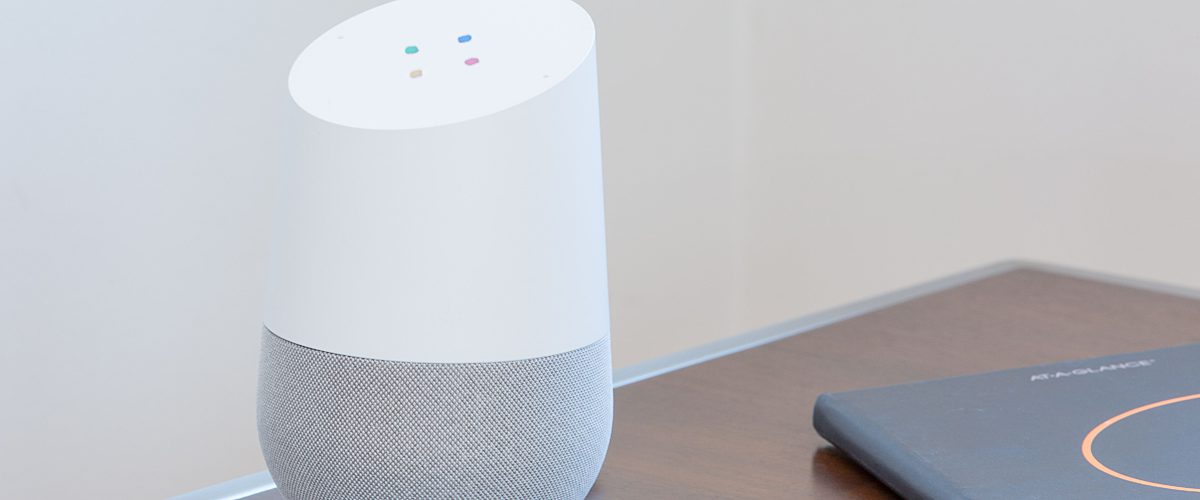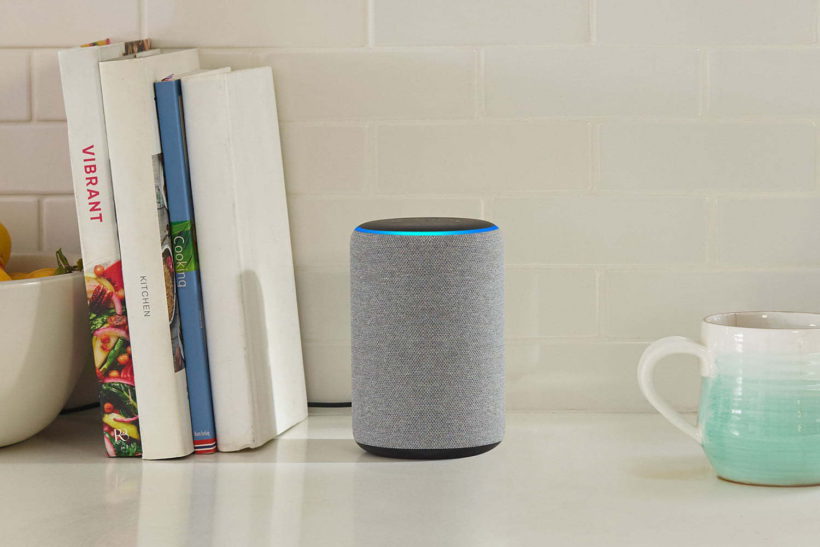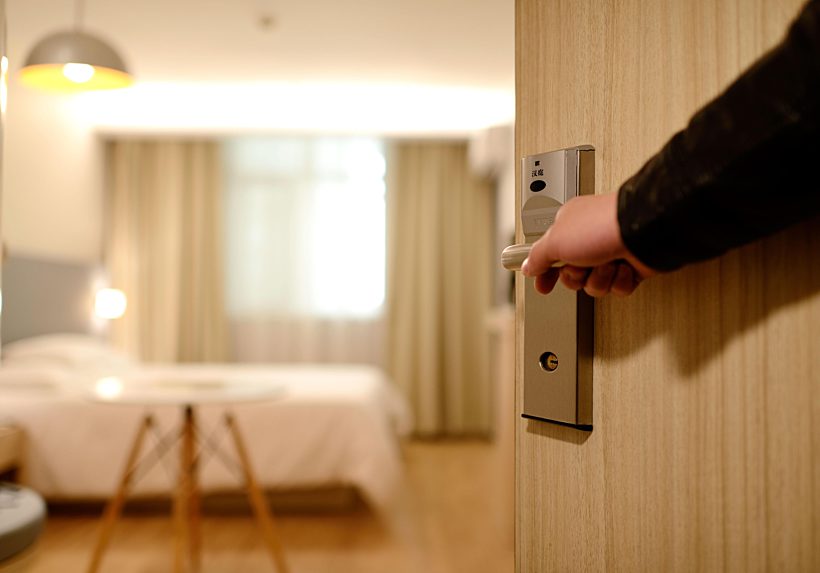
The difference between a centralized and a decentralized smart home system
When you start designing your smart home there are a few key decisions you will have to make very soon. One of them is the choice for a centralized system with a central device or distributed system where your devices are interworking. Confused? We'll give your more information about both types of systems so that you can make a well-founded decision.
What is a centralized system?
Let's start with centralized systems. Each of these systems is controlled by one central device. This controller allows you to connect all other devices and configure your settings in no time. Switch on the lights with one tap, switch off with two, swipe to turn on your alarm system and so on. Central systems typically come with an easy-to-use interface, so that you can adjust your configuration in a few clicks and they have a futuristic look.
Looking for examples? We can say that the majority of today's smart home systems are centralized. Amazon's Alexa, Google Home, Apple's HomeKit, Samsung's Smartthings and so on.
Ok, now we know that a centralized system means that your smart home is controlled by a central controller. This immediately explains one of the major drawbacks of centralization. What happens if your devices are broken or if the battery is empty? Your voice control system would have nothing to talk to. Even worse: when your controller goes down, your whole system will be turned off. Yes, also your smart alarm system will stop monitoring your home when you're lying on the beach. Also bear in mind that devices usually don't have a longer life span than the house you are living in. Your smart home system needs constant upgrades, which may create extra costs.
To sum up a centralized system is easy to install and allows you to control your settings. However, when one part of the chain goes down the solution isn't always easy.

Amazon's Echo Plus
What is a decentralized system?
Smart homes have been here for over 30 years. Yes, really. It's not because we don't notice something that it isn't there. A decentralized or distributed system isn't controllable by the user. By not being able to make changes to the installation, you can't break it either. It protects you against yourself. Nobody's flawless.
With a distributed system you don't have to tap on anything or shout to a device to turn off your lights. Timers and sensors will do that for you, automatically, so that you don't need to worry about anything. But how does this work?
In a decentralized system all devices are interworking, this means that they are all talking to each other. In contrast with a centralized system where one central system is talking to each device separately.
Your distributed system ensures that if your central device breaks down, the remaining devices still function. This is especially important in commercial building such as shops, offices or hotels, but also your private home can benefit from a guaranteed smart system. Also a distributed installation does not require any upgrades, which might affect the whole installation. And last but not least a distributed system is a sustainable system, once a home has been made smart, it connected this way.
But also distributed systems have their cons. In order to have a decentralized smart system installed, a professional installer is required who integrates the system. Also, in most cases, when changes are necessary, a professional installer needs to be called. The KNX standard is a great example of a decentralized system. KNX offers the software and a whole range of other companies all over the world offer KNX-compatible devices that can work together leading to numerous home automation possibilities.
Does this mean that a distributed system never let you configure anything? Of course not. In recent years decentralized systems have developed some software solutions in which it is possible to make small modification to your smart home yourself. KNX's ETS Inside, for example, can be controlled from your smartphone or tablet.

Lights that automatically turn on when you open your hotel door are a good example of a distributed system.
Which kind of system should I use?
Now you know the difference between a centralized and a decentralized system, the only question that remains is which type you should implement in your own home. A difficult question for us to answer since it depends on your needs and expectations.
A centralized system allows a fast installation of your devices and you can easily configure modifications afterwards. Downside are that if the controller breaks, the whole installation does not work anymore and without future upgrades its functionality might be limited.
A distributed system runs in the background and allows the seamless integration of all applications and functions in your smart home. It is the more sustainable choice as it does not have a central controller which can break down. In case of malfunctioning of one device the whole installation would still run. Downside is that in most cases you will need a professional installer.


